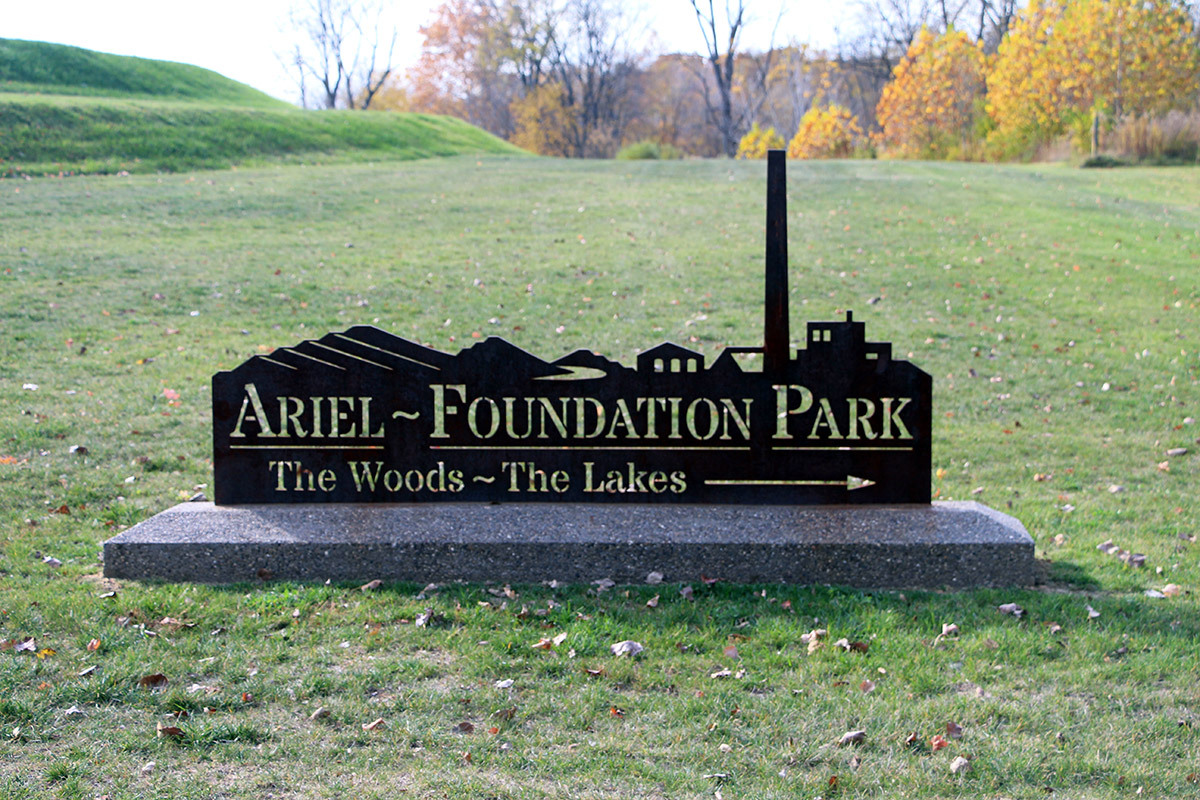MOUNT VERNON – The city of Mount Vernon was required to get a stormwater permit from the Ohio Environmental Protection Agency (EPA) related to the extraction and relocation of lime sludge from its water treatment lagoon.
Mayor Matt Starr gave the Mount Vernon City Council an update on the lime sludge removal project during its meeting on Aug. 8.
Initially, the city was told it did not need a stormwater permit, but after talks with Ohio EPA representatives, the city learned it must get a permit, he said.
"Ohio EPA has been working with the city of Mount Vernon as the city works to move lime material from the water treatment plant lagoons to a temporary storage location on their property and eventually move it to other locations," Ohio EPA spokesperson Anthony Chenault said in a statement emailed to the Mount Vernon News.
The Ohio EPA confirmed that the city received a permit on June 1 to land apply the lime material on farmers’ fields as an agronomic beneficial use alternative to mined lime. On Aug. 9, the city received a general permit covering stormwater discharges associated with construction activities, Chenault said.
“This permit requires Mount Vernon to complete and implement a plan that uses best management practices to minimize and control stormwater, including berms and silt fence or other erosion controls as needed,” the statement said. “This includes dust suppression requirements including running regular water trucks throughout the site to prevent dust generation.”
Mount Vernon applied for the second permit on July 29 and has begun to implement the required stormwater controls, Chenault said in the statement.
“Ohio EPA is meeting with the city to determine how long the temporary storage will be needed,” he said.
The Ariel-Foundation Park may want up to 10 truckloads of lime as one side of the park has “splotchy” grass and could use the lime as fertilizer.
“The current permit we have doesn't allow us to make that application. We're working with the Ohio EPA to get the correct permit so that we can give it to the park for them to use,” Law Director Rob Broeren said.
In response to complaints from residents near the city property where the lime sludge is being relocated, the city sampled a number of places on the ground and sent those to Brookside Labs in New Bremen, Starr said.
“I’m not a chemist so I’m not going to try to interpret these, but the agronomist said there are no negative consequences to the lime,” he said.
Lyle Daniels, whose backyard abuts the city property, said his family has had to deal with dust from lime and the disturbed dirt, plus noise from trucks and heavy machinery since the lime sludge relocation began. They get breaks when work stops around 4:15 p.m. until 7 a.m. the next day, in addition to weekends and rainy days.
No one from the city contacted them in advance of the hauling and dumping of the lime sludge, he said. In the council’s July 25 meeting he told them of his concerns about wells and aquifers being contaminated.
Starr said the city found in a resurvey of the properties that part of a shed and garden beside it installed by Daniels is on city property. A fence believed to be on the property line actually was farther back on the city’s property.
That fence was put up by a city employee after he moved into his home, Daniels said after the meeting. As of this week, no trespassing signs and stakes have been installed along the actual property line, he said.
“My question is, we didn't look into that until he showed up to a meeting. So now, the retaliation for those who are supposed to govern for him come against him because he's following a fence,” Councilmember John Francis said during Monday’s meeting.
Starr said the application for a stormwater permit required the survey.
“It's not that we're putting lime on this part of our property or anything like that. There's some runoff and that's what caused the issue,” Broeren said.
Councilmember Mike Hillier asked if the administration had provided a copy of the permit application to fellow Councilmember Tammy Woods, as had been requested. He also asked how much of the lime had been picked up by local farmers and if the city had a written plan for the lime sludge.
He said his point was that instead of pointing out the property owner’s wrongs, what can the city do to work with him?
“I think one of the things that you need to do is show him what our plan is for the future. That is going to be there a long time,” Hillier said.
Starr asked if the staff needs to spend 100% of its time just to keep him informed.
“Whatever you think, mayor, whatever you need to do,” Hillier said. “I hate playing the ‘I’m too busy’ game. That’s not a good answer.”
“Here's what happens when you go stir up stuff like this,” Starr said. “It closes off other work that we're doing for the city. We've got to go do all this and you want information and you want information and you want information. Well, now we're going to pull people off of engineering. People off of utilities. I've got people off of the street department.”
Hillier asked the mayor to have everybody go to work the next day as normal. But he said the EPA report and the top of the EPA permit should easily be grabbed.


